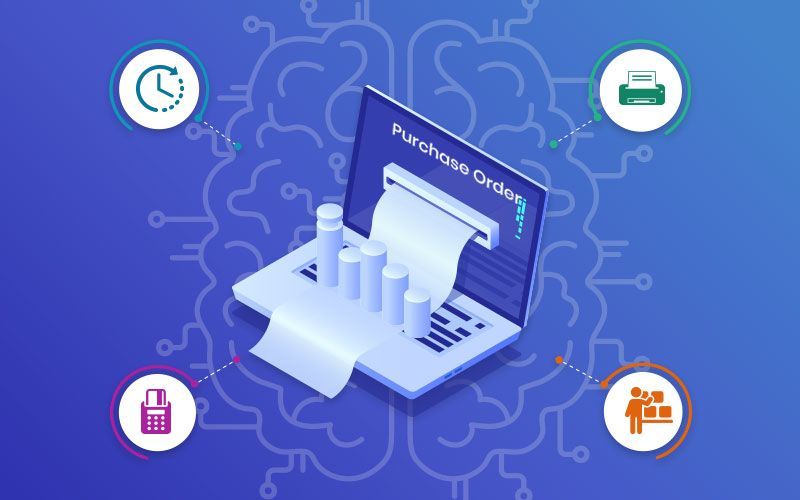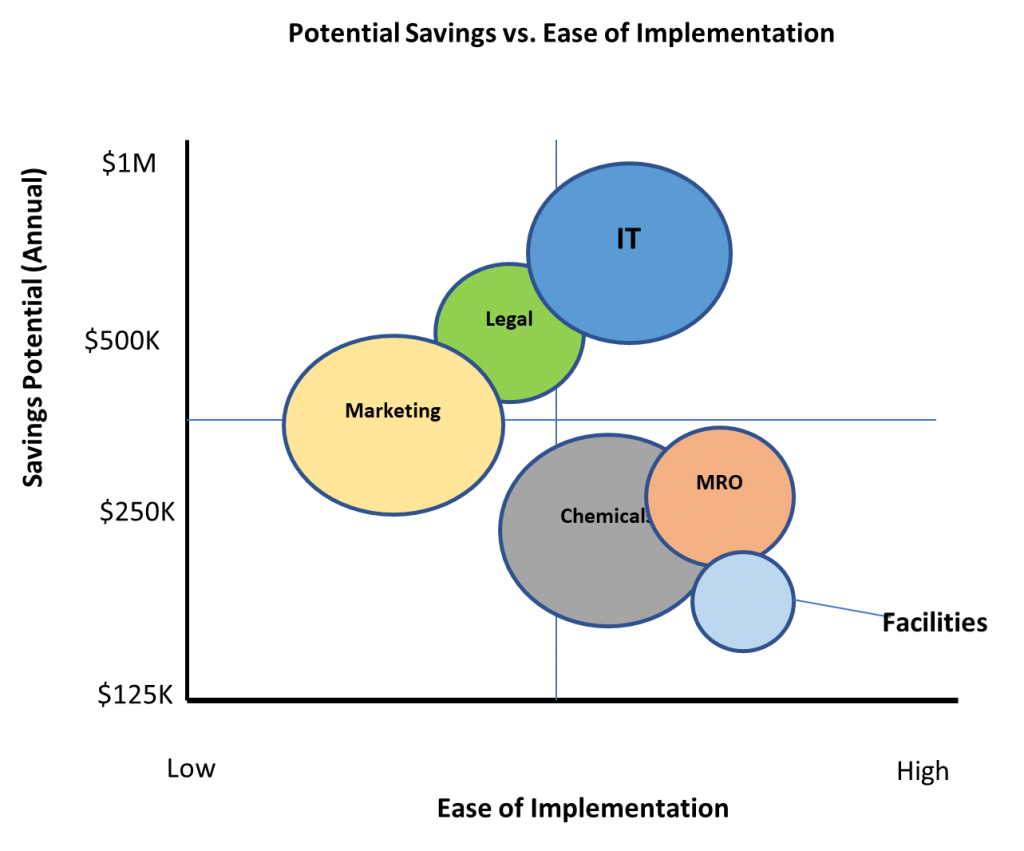Justin has over 23 years of global experience delivering complex projects and transformations in the public and private sector. Justin currently advises the World Bank, Asian Development Bank, US Trade and Development Agency, and the US International Development Finance Corporation on best practices in operations, project feasibility, GovTech, and procurement. He has created procurement strategies for over USD $2B in global infrastructure and technology projects. He spent the early part of his career at United Airlines, Lufthansa, and SunGard Data Systems working on complex multilateral procurements. He has an MALD from The Tufts Fletcher School of Law and Diplomacy, a B.A. from the University of Virginia, and completed the Program on Negotiation (PON) at Harvard Law School.
Contract Lifecycle Management System Implementation - Case Study
Many organizations benefit from implementing Contract Lifecycle Management System (CLMS). The key issues that implementation of a CLMS addresses include (i) lack of a central repository for contracts, documents, and reports, (ii) lack of direct access to documents outside of the contracts organization (email is used to share documents with employees who are not in the contracts organization) and (iii) potential document version control issues. OnDemand recently helped a client with their initial phase of Contract Lifecycle Management System implementation. I want to share the approach and lessons learned as I believe that you will find them helpful as your organization considers enhancements to the way contracts are managed.

SITUATION OVERVIEW
A non-profit, research and educational institution was seeking to rapidly assess the procurement technology market as part of a wider project to modernize their finance and procurement systems. After mapping their procurement, contracts, and finance processes, it was determined that the organization could benefit greatly from the implementation of a
Contract Lifecycle Management System (CLMS).
The client engaged the consulting team of
Justin Valentine and Travis Mells, members of the OnDemand Professional Network, to assist them with a 3-phased sourcing approach:
Phase 1 – Requirements Validation and Market Research
Phase 2 – Streamlined Request for Proposal (RFP) Process
Phase 3 – Implementation Support
Justin and Travis had previously engaged with the client to perform process mapping and have deep IT category strategic sourcing expertise and an extensive background in procurement technology and technology acquisition.
APPROACH
During Phase 1, the consulting team established streamlined approach that included the following activities:
- Worked with organization leadership to understand and validate their key system requirements and the prioritization of those requirements (e.g. “must have” versus “nice to have”).
- Conducted interviews with key staff, including those who would be heavy / “power” users of the system and the IT function, to better understand their requirements for the system and how its implementation will impact their daily work.
- Performed a market calibration study which included gathering insights from top research organizations (e.g. Gartner, Forrester, Capterra) to help determine the initial pool of vendors for outreach.
- Developed and distributed a Request for Information (RFI) to gather information from vendors regarding their ability to meet requirements and high-level pricing.
- Conducted brief introductory meetings with potential vendors to gauge their interest in responding to the RFI and answer any questions about the sourcing process. A small number of vendors chose to not respond to the RFI after these introductory meetings.
- Reviewed RFI responses to assess potential vendor’s ability to meet key requirements and flag vendors that presented unreasonable pricing. A small number of vendors were eliminated from the process after reviewing their RFI response based on their inability to meet key requirements.
- Scheduled and held system demonstrations with potential vendors to confirm their ability to meet key requirements and evaluate their systems in terms of user interface design and ease of use. Implementation timeline and required resources were also discussed during system demonstrations.
- Compiled RFI responses and feedback on system demonstrations to present recommendations for which vendors should move forward to the RFP phase.
CRITICAL SUCCESS FACTORS
- Performing market research to develop a deep understanding of the CLMS market landscape and system capabilities, including recent offerings that include artificial intelligence (AI).
- Clear understanding of existing business processes in the client organization and how the introduction of the CLMS will improve those processes, bolster employee efficiency, and complement existing IT systems.
- Establishing and prioritizing key requirements which determine the pool of vendors that may be appropriate to move forward to the RFP phase.
OnDemand's team will kick off Phase 2 of the engagement after the New Year, and we will share Approach and Critical Success Factors once that Phase is completed.
Meet JUSTIN VALENTINE AND TRAVIS MELLS - OnDemand Professional Network Members Since 2013



Tom Donatelli Joins OnDemand To Enhance Our Client Service Capabilities And Broaden Our Market Reach








